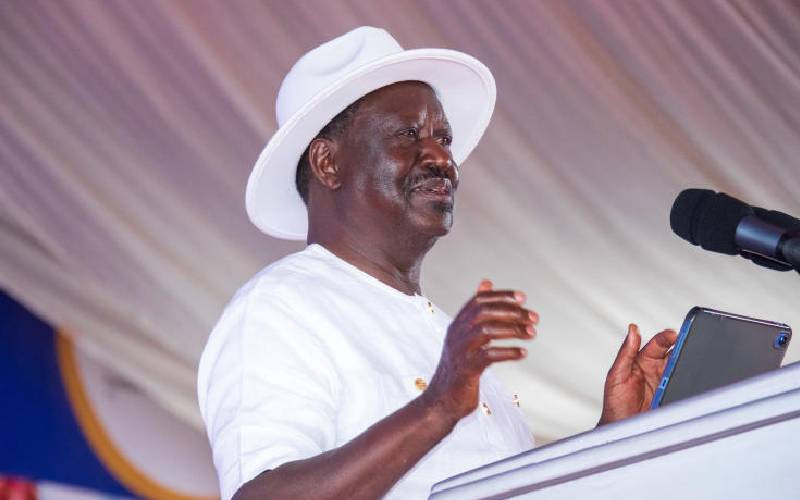×
The Standard e-Paper
Join Thousands Daily

Azimio leader Raila Odinga's candidacy for the African Union Commission chairperson's position is all but guaranteed.
Whether or not he bags the influential continental post, the opposition veteran will be out of local circulation for the foreseeable future, enough time for ambitious politicians to plot a takeover of his bases.